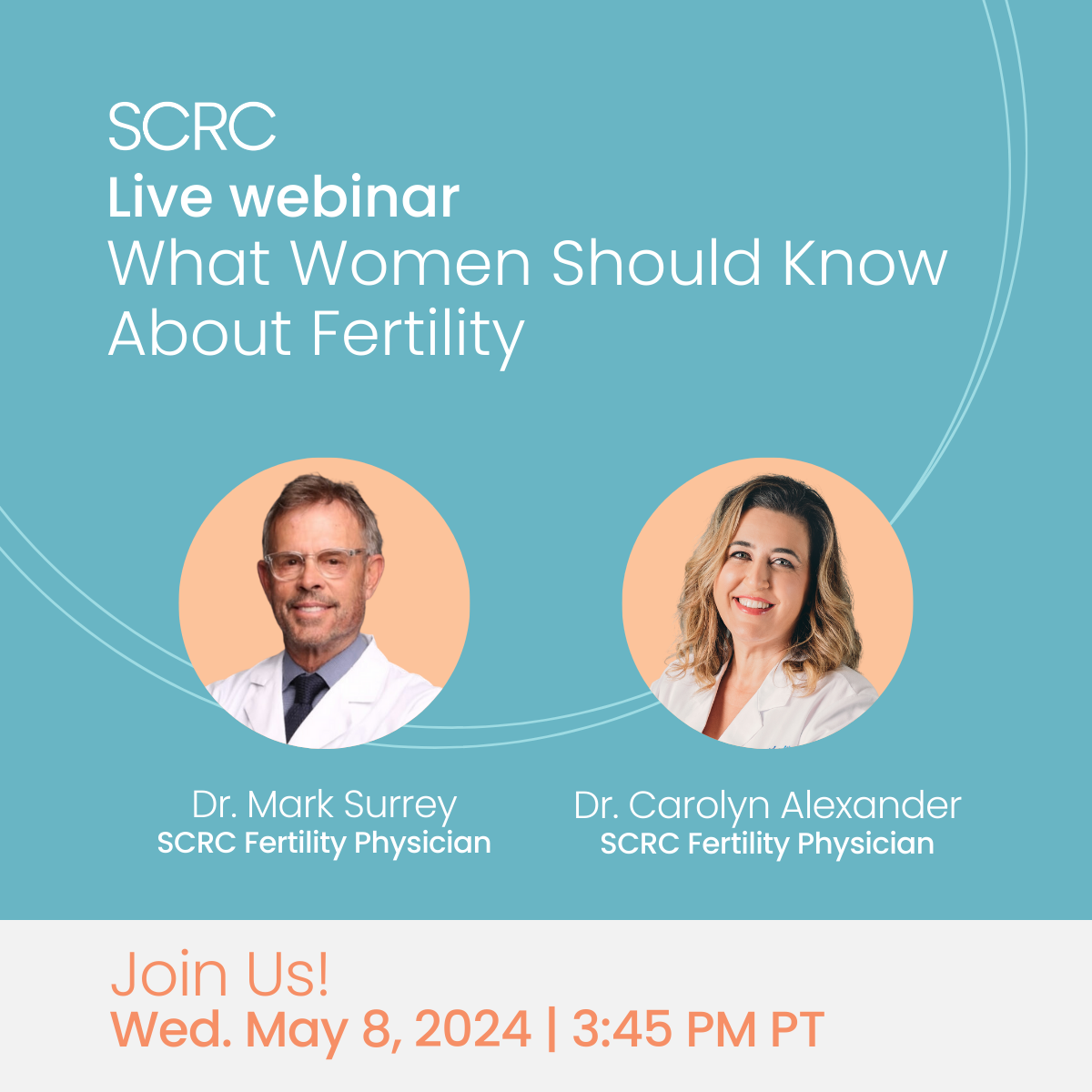What is “blastocyst transfer”?
Blastocyst transfer is a new assisted reproductive technology that has been incorporated with in vitro fertilization (IVF) treatment to increase pregnancy rates while simultaneously decreasing the risk of multiple pregnancies. Researchers in Australia pioneered this technique to increase pregnancy rates, and have reported almost double the rate of pregnancy while virtually eliminating the risk of high-order multiple pregnancies, such as triplets or quadruplets.
What is a blastocyst?
By definition, a blastocyst is a highly differentiated, highly developed embryo that is ready to attach to the uterine wall. This attaching is also known as “implantation.”
With pregnancies that are conceived under natural circumstances, the ovary follicle releases the egg, whereupon it is picked up by the fallopian tube and subsequently fertilized by the sperm. The resulting embryo begins as a single cell that must develop and differentiate to the point that it can attach itself to the uterine wall and thus initiate a pregnancy.
Embryonic division progresses from one cell to two, four, eight, sixteen cells, etc., until several hundred cells have developed and the resulting embryo, now a blastocyst, can implant itself in the uterine wall. This occurs five to six days after ovulation. “Blastocyst” is a descriptive term that identifies the developmental stage of the embryo. The embryo spontaneously “hatches” from its shell, or zona pellucida, at the blastocyst stage just prior to implantation.
Why are blastocysts so important in IVF?
The key characteristic of the blastocyst is that it has reached the point where the developing baby’s own genes have been activated and take over the remainder of the development. This is known as “genomic activation,” and because genes are the chemical codes that make us unique individuals, genomic activation is the key point at which a unique individual results from conception.
As babies, each of us is a genetic mixture of the genes of our mother and father — unique and different from our parents and siblings. In its early growth stage, the embryo receives all of its energy and chemical makeup needed for successful cell division from the mother’s egg. Development past the third to fourth day requires that the embryo activate its own genes to continue to produce further cell division and differentiation.
While this critical biological process appears to be simple, it does not take place as easily as it appears. Approximately one-third of embryos have the capability of successfully activating their own genes and developing into a blastocyst. When an embryo does reach the blastocyst stage, the natural message is that it is a biologically healthier embryo fit enough to successfully implant in the uterus and continue development through to a full-term pregnancy and delivery of a normal, healthy baby. The fertility specialists at SCRC have many years of experience performing blastocyst transfer at our clinics.
Why is blastocyst transfer new to the field of IVF?
Researchers have understood embryo growth for many years, and they have been aware that conventional IVF technology transferred the embryos into the uterus earlier than was normal in naturally occurring pregnancies. Normally, the embryo remains in the fallopian tube, growing and dividing, and does not reach the uterus until after three to four days of development. Tubal transfer procedures such as gamete intrafallopian transfer (GIFT) and zygote intrafallopian transfer (ZIFT) were developed based on this fact.
In the early stages of the development of IVF technology, researchers were unable to develop lab culture mediums and incubation techniques that would allow embryos to develop into blastocysts. Since that time, advances in embryo culturing techniques now allow for development to the blastocyst stage.
How blastocyst culturing helps couples achieve pregnancy
In conventional IVF, embryos are grown for two to three days before being transferred back into the uterus. At this stage of development, the embryo has between four and eight cells inside the shell or zona pellucida, and they must continue to develop inside the uterus for four to five additional days before they become blastocyst stage embryos that are ready and capable of implantation.
Most IVF cycles will produce several embryos. SCRC follows the guidelines established by the American Society for Reproductive Medicine regarding how many embryos should be safely transferred at any one time. Because blastocysts have a higher implantation potential than less advanced embryos, fewer are transferred. Oftentimes, only one good quality blastocyst is recommended for transfer. Remaining blastocysts are frozen for later use. This is good news for IVF patients, and something your SCRC fertility physician will fully explain to you during your consultations.
Reducing the risk of multiple births
Allowing the embryos more time to develop in the IVF lab means that the embryologist can see which ones are naturally the best for transfer, so that only those few embryos that appear to have the greatest opportunity for a successful implant can be chosen. This means that typically only one or two blastocyst embryos are transferred, with pregnancy rates of greater than 50 percent in patients who develop healthy blastocysts. This virtually eliminates the risk of high-order multiple pregnancies, such as triplets or quadruplets, and it has allowed us to provide a new approach to counseling couples concerned about multiple pregnancies. Furthermore, this technology has very positive implications in situations such as egg donation where, typically, a large number of high quality embryos are available. In fact, blastocyst transfer as an assisted reproductive technology at our clinics has increased success rates in egg donation programs to more than 80 percent per transfer.
Culture to blastocyst stage as diagnostic tool
Culturing embryos to the blastocyst transfer stage is highly dependent on both the intrinsic potential of the individual embryo, and the quality and capability of the lab. Our embryology staff’s experience and high level of technical expertise are key to a successful team approach. Our IVF lab works closely with you and your fertility doctor to maximize the opportunity for a successful pregnancy while minimizing the risk of multiple pregnancies. Extended culture allows the IVF team to observe and analyze how these embryos grow, making it possible to understand why previous IVF treatments failed. Embryos that do not develop normally are eliminated from embryo transfer, and, in these cases, the IVF lab provides highly valuable information for couples who might need to consider other options for creating a family.
Start Your Journey Today
Want to learn more about your fertility treatment options?


